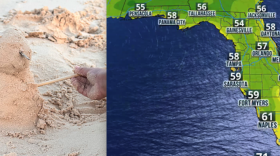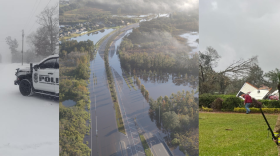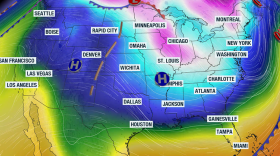-
The last five years have been warmer than average, except 2022, where temperatures were the coldest since the 1980s across some official locations. How about the weather for this year?
-
Florida's 2025 weather was relatively subdued, with no hurricane landfalls and roughly half the usual number of severe weather reports.
-
Meteorological winter began on Dec. 1 while astronomical winter began on Dec. 21. Astronomical seasons are based on the Earth's position in connection with the sun.
-
More than 122 million Americans are expected to travel during the busy holiday period, with generally quiet weather across much of the country but stormy conditions along the West Coast.
-
A transition into neutral and even an El Niño status in 2026 will have significant climate impacts across the U.S. and around the world.
-
A strong cold front will bring much colder air to Florida late this weekend and early next week, with lows dropping into the 20s and 30s across northern Florida.
-
Exceptional drought is erased from the Panhandle after days of rain, but the rains that fell across South Florida didn't do much, and a moderate drought now inches closer to parts of Metro South Florida
-
The Florida Department of Transportation says it has boosted its winter-weather preparedness following lessons learned from January's historic winter storm.
-
The cold front that swept through North and much of Central Florida has stayed close enough to bring a gloomy Tuesday, but there is hope on Wednesday, cooler air too!
-
A low-pressure system will get stuck in the Southeast, keeping some fronts at bay right over northern Florida—significant contrasts in temperatures and humidity between the southern and northern halves of the State.
WGCU is your trusted source for news and information in Southwest Florida. We are a nonprofit public service, and your support is more critical than ever. Keep public media strong and donate now. Thank you.










